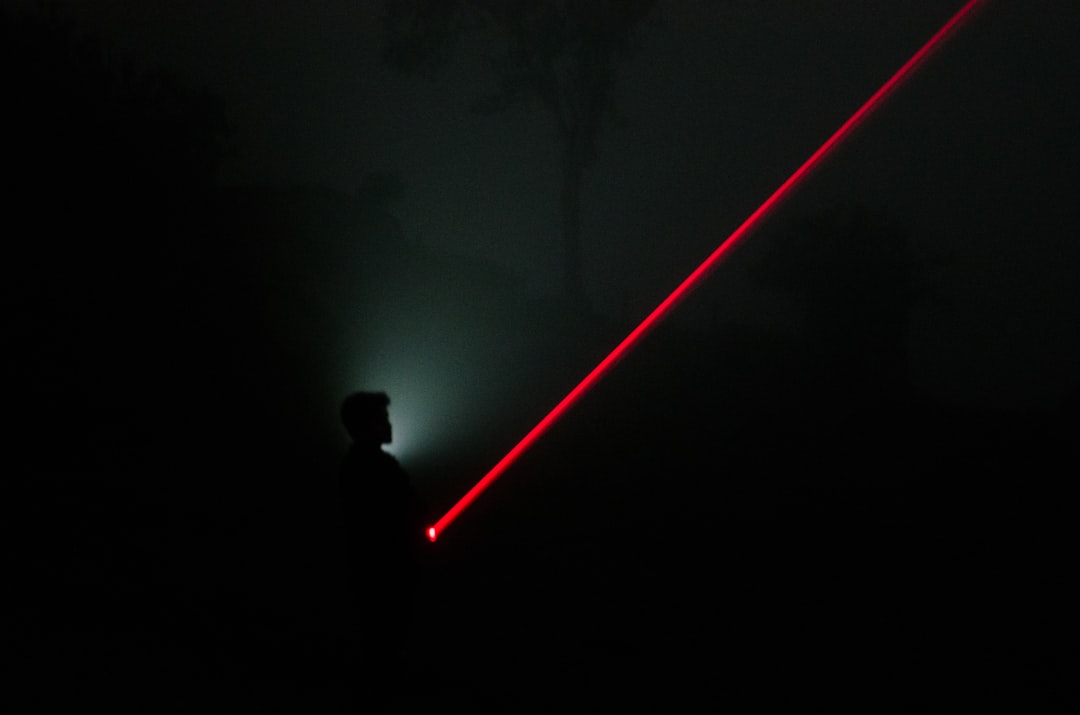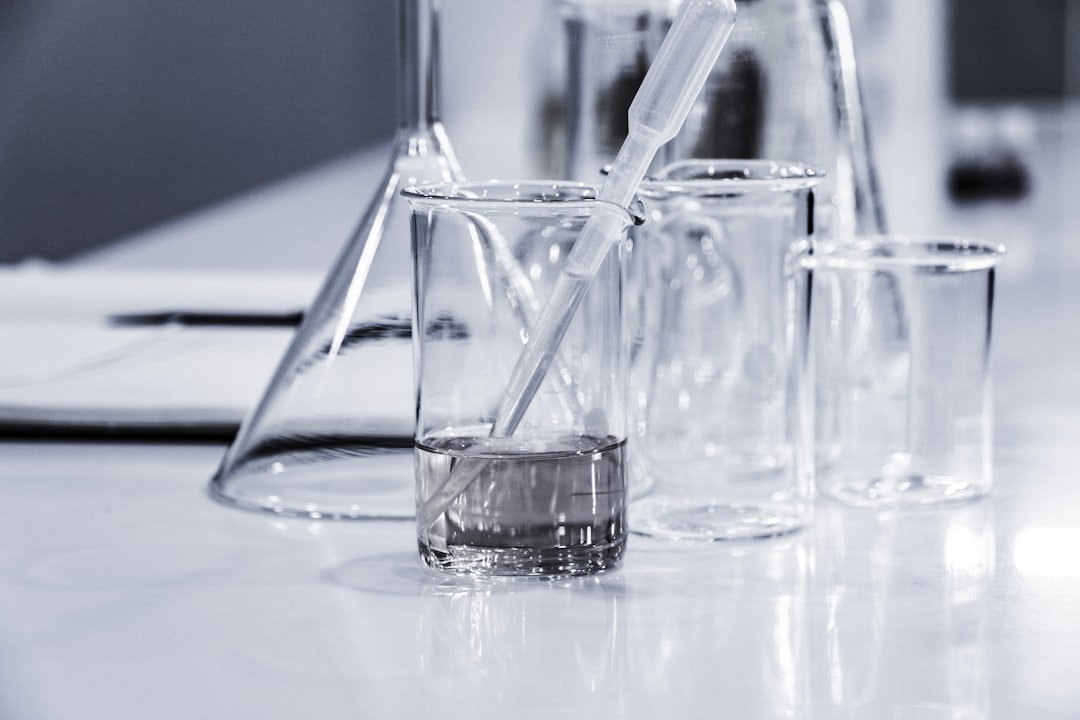What is it about?
Unlike crystalline materials, the structures of glasses and liquids are disordered, i.e., there is no translational periodicity that can be used to help in solving a structure. Nevertheless, the structures of these materials is not random: There is ordering on different length scales that is associated with, e.g., the formation of local motifs having a tetrahedral geometry, and with the way in which these motifs are arranged. In glass, the structural ordering can extend to a nanometre length scale. The challenge for an experimentalist is to identify and characterise the nature of the structural ordering on different length scales for different classes of material.
Featured Image

Photo by Vansh Juneja on Unsplash
Why is it important?
This paper describes how the structural ordering in glassy and liquid materials can be characterised by experiment, and shows why the method of neutron diffraction with isotope substitution (NDIS) is important via the provision of site-specific structural information. A competition between the ordering on different length scales proves to be important in understanding the material properties. Here, the materials range from network glasses and amorphous metals, to high-temperature oxide melts and network glasses under pressure, through to water at ambient conditions. For the latter, the results support a competing quantum effects model for water in which its structural and dynamical properties are governed by an interplay between intra-molecular and inter-molecular quantum contributions.
Perspectives
The work shows the importance of taking the time and effort to perform experiments that are aimed at providing site-specific structural information to aid in the development of realistic structural models.
Professor Philip S Salmon
University of Bath
Read the Original
This page is a summary of: Identifying and characterising the different structural length scales in liquids and glasses: an experimental approach, Physical Chemistry Chemical Physics, January 2013, Royal Society of Chemistry,
DOI: 10.1039/c3cp51741a.
You can read the full text:
Contributors
The following have contributed to this page










